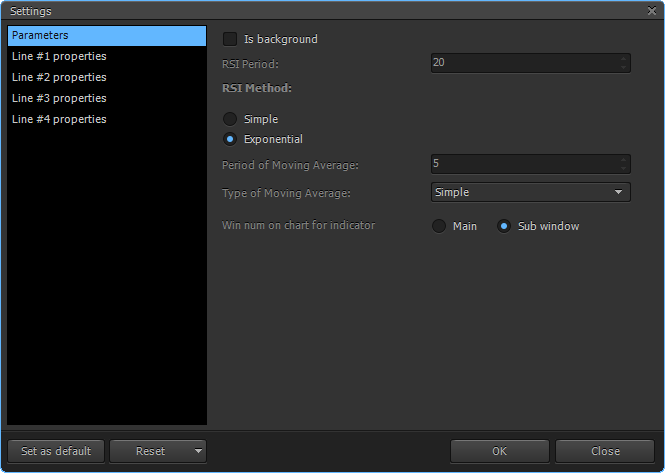Relative strength index can help you time trades
Post on: 2 Июль, 2015 No Comment

The Relative Strength Index (RSI) is one of the most commonly used technical indicators to gauge momentum on stock markets and it has proven remarkably accurate over the past few months at predicting turning points for key equity indexes in North America.
“We use it in combination with other momentum indicators,” said Don Vialoux, a chartered market technician and research analyst at Horizons Investment Management. “It tends to be pretty reliable for markets and sectors.”
The Relative Strength Index is popular among investors because it is fairly simple to read and easy to understand. The index measures momentum on a scale of zero to 100. A market, sector or stock that has a reading below 30 is considered oversold and a reading above 70 indicates an overbought position.
Mr. Vialoux said RSI readings tend to be less reliable for individual stocks than they are for broad-based exchange-traded funds, but they generally don’t fluctuate much in either case, swinging between 30 and 70 for long periods of time. The index has generated only six sell signals and seven buy signals for the S&P 500 over the past three years.
He said the first step for investors who want to use the index is to recognize that oversold and overbought readings are not synonymous with buy and sell signals. That’s because a stock that is oversold can remain oversold for a very long time and, similarly, an overbought stock can remain overbought for a lengthy period.
A buy signal, therefore, becomes evident only when the RSI moves above 30 from an oversold reading, while a sell signal occurs when the RSI drops below 70.
For example, the RSI readings on Sept. 14 for the S&P/TSX composite index and S&P 500 gave sell signals by falling below 70. The benchmarks subsequently fell 5.5% and 7.6%, respectively, over the next two months. But the indexes recently rallied, rising more than 3% since Nov. 16, the same day RSI readings gave buy signals by moving above 30 for both benchmarks.
Alfred Lee, an investment strategist at BMO ETFs, said an RSI that crosses back above 50 from an oversold reading is another common buy signal among technical analysts, while a drop below 50 from an overbought reading is often considered a sign to sell.
He said another way to use the RSI is to analyze it in connection with the market level or share price. If the RSI reading is going up as a stock is going down, it’s known as a bullish divergence and a positive signal for the stock. Vice versa, a falling index when the stock is rising indicates a bearish divergence.
“It’s fairly straightforward,” he said. “But I wouldn’t just use RSI. You need to look at other clues to get confirmation.”
Ron Meisels, a technical analyst at Phases and Cycles Inc. in Montreal, tends to agree because RSI doesn’t give a clear enough signal that a turnaround in the stock is imminent.
“It’s an alert signal at best. Use other indicators to give you the final signal,” he said.














